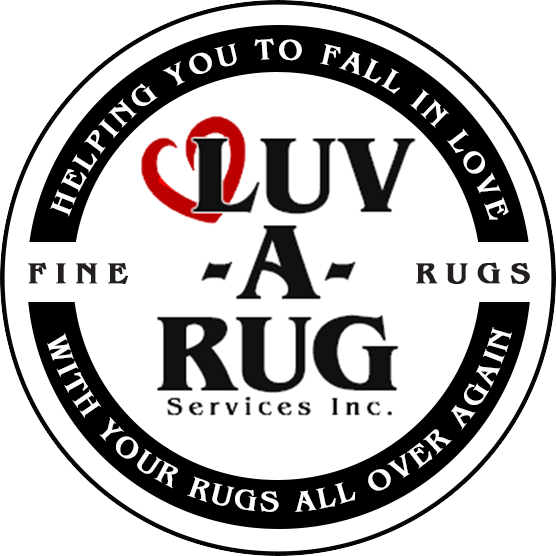Area Rug Carpet Cleaning Courtenay BC, V9N 2J7
Are your looking for area rug carpet cleaning Courtenay BC?
Luv-A-Rug serves all of Courtenay - call us call us about our FREE (limited) pickup/delivery service...
...or deliver your area rug to us where we will unload it from your vehicle for you!
We guarantee that whenever you bring in one of your dirty (and/or stinky) area rugs to us, we will give it back to you feeling so soft, fluffy and fresh smelling that you'll fall in love with your rug all over again!
Luv-A-Rug is located only 2 hour 35 min (217 km) away from Courtenay

Have You Seen All These Other Services Luv-A-Rug Provides?
- Pet stain removal
- Guaranteed pet odor removal
- Custom rug repairs
- Fringe repair & replacement
- Authentic reweaving
- Flea & moth removal
- Sail & boat top cleaning
- Survival suit cleaning
- Wetsuit odor removal
- Firefighter turnout gear cleaning
- Hockey equipment cleaning
- Goalie equipment cleaning
- Lacrosse equipment cleaning
- Stuffed Animals cleaning
- Horse blankets cleaning
- Outdoor furniture cleaning
- Luxury handbags cleaning
- Wool & Silk rug cleaning cleaning
A little History of Courtenay BC (courtesy of Wikipedia)

Archaeological evidence suggests there was an active Coast Salish fishing settlement on the shores of the Courtenay River Estuary for at least 4,000 years.
Due to its gentle climate, fertile soil and abundant sea life, the Coast Salish residents called the area kw'umuxws (Li'kwala for plentiful), which was eventually anglicized to Komoux and then to Comox.
At the time of first contact with Europeans, the Pentlatch Nation, who spoke the Island Comox dialect of the Comox Coast Salish language, occupied the shores of present-day Comox Bay. (The last speaker of the Island Comox dialect died in 1995.) Another Island Comox speaking Nation, the K'ómoks, occupied settlements further north along the east coast of Vancouver Island, in the area of present-day Campbell River, including Quadra Island and several other Gulf islands.
In 1579, Francis Drake, on his circumnavigation of the globe in the Golden Hind, found a good port somewhere along the northwest coast of North America and stayed for several months while restocking supplies and trading with the inhabitants of the area. He named the region Nova Albion, Latin for "New Britain". Drake's detailed logs — and the exact location of Nova Albion — were later lost in a 17th-century fire, but some historians believe Drake made a landing in the Courtenay River estuary.
In 1791, a Spanish expedition led by Dionisio Alcalá Galiano and Cayetano Valdés y Flores produced a crude chart of the Strait of Georgia and possibly visited Comox Bay. Captain George Vancouver arrived the following year, tasked by the British government with charting the northwest coast of North America. Vancouver, in concert with the Spanish expedition, entered the Courtenay River estuary between the present-day locations of Courtenay and Comox and charted the shoreline of the estuary.
Fun Fact: On 14 June 1946, a 7.3 magnitude earthquake struck just west of Courtenay, with the epicentre located at Forbidden Plateau. The earthquake was felt as far north as Prince Rupert and as far south as Portland, Oregon. Many of the town's chimneys were destroyed, and there was significant damage to the post office and what is now Courtenay Elementary School. This was the largest earthquake to hit Vancouver Island, and the largest onshore earthquake in Canada on record. There were only two reported deaths: one Seattle man died of a heart attack and another drowned when his boat capsized due to a resulting wave.[
